# 343: Mad for Madeleines
A rabbit hole with a bizarre story plus two recipes for Madeleines and more.
Going down rabbit holes n'est pas étrange pour moi. I go down them regularly.
My most recent journey began out on the deck as I sat in a big comfy lawn-chair, one of two I found on FB Marketplace which I think is one of the only parts of Facebook that I miss, under a big green umbrella shielding me from the bright morning sun, with a mug of tea and Cooking with Pomaine, a little volume I found at a yard sale for fifty cents last year. First published in France in the 1930s1 it is packed with recipes and the witty and engaging writing of scientist, food writer and radio broadcaster Edouard de Pomaine (1875-1964).
Pomaine’s given name was Édouard Alexandre Pozerski. His parents were exiles who escaped to Paris after taking part in the 1863 Polish uprising against Russia. After graduating college, Pomaine worked as a volunteer at the Sorbonne in a science lab while supporting himself teaching math and writing his doctoral thesis. He went on to become the official preparer of students at the Pasteur Institute who were readying themselves to take their exams in the physiology department. He also had an ongoing interest in a subject he named Gastrotechnology or the scientific explanation of established principles of cookery. If you are interested in dipping into the twenty books Pomaine wrote about the culinary arts you can find some of them here.
In the Forward to Cooking with Pomaine Elizabeth David writes “There are no involved technical details. We are not wearied with chemical formulas nor bombarded with scientific terms.” I couldn’t agree more. I find Pomaine’s way of writing recipes charming and often times amusing. Of course, this does make me pause as I think of last week’s Pie Camp where I bandied about the term alpha amylase—2the enzyme in eggs that, when not killed off by bringing the filling of a lemon meringue pie to a boil and stirring for several minutes while it plops plops plops, will eat up all the cornstarch thickener before turning the filling into liquid.
When I arrived at the page for Madeleines, I was captivated by the story he shared from Le Patissier de Bellone by Charles Nicolle, a Nobel Prize winning scientist who wrote “fanciful stories.”3 I searched high and low on the Internet to find a digital copy of Nicolle’s book but struck out. Perhaps my dear friend
might have or know where to find one. But, for now here’s a quick summary.In 1551 or thereabouts, there lives a jealous baker and his very beautiful wife. One day her husband goes on a trip and she is to run the business by herself. She invites a handsome young man to “help” her in the back of the shop. All is well until her jealous husband returns early and only to find quickly that her helper is not a pastry cook at all. She tries to talk her way out of this predicament by telling him that there were so many orders she needed to hire help. The jealous baker says to the handsome young man, Prove that you are a baker and make eighteen cakes ASAP or I will kill you both! As you may well imagine, her young Adonis has never baked a cake in his life so he prays fervently to St Madeleine who
Magically appears
Makes the eighteen cakes
Tells him to behave better
And quickly disappears
Our young baker names the cakes “Madeleines” in honor of the saint who saved both him and the baker’s wife. Finally, we learn that the young man becomes St Honoré, the patron saint of boulangers (bakers) and patissiers (pastry makers).
Pomaine concludes he “cannot vouch for the accuracy of [the] story,” but says that by its example we should remember that Madeleines should be made very quickly.

Recipe: Pomaine’s Madeleines
Recipe: Karen Morgan’s Gluten Free Madeleines
Makes 12
Karen says when she saw Portrait Prémonitoire de Guillaume Apollinaire (1914) by Giorgio de Chirico at the Pompidou Museum in Paris she took it as a sign to create a gluten-free version of Madeleines.
What You Will Need
2.5 tablespoons sorghum flour
2.5 tablespoons cornstarch
1 tablespoon tapioca starch
3/4 teaspoon baking powder
1 and 1/4 teaspoons guar gum
3 large eggs
1/2 cup sugar
1 and 1/4 teaspoons orange flower water
6 tablespoons unsalted butter, melted and cooled plus more butter for the pan
zest of 1 Meyer lemon
glutinous rice flour for dusting
How to Make Them
In a small bowl, combine the first five dry ingredients and stir with whisk or fork to blend.
Using a stand mixer with a whisk attachment, beat together eggs, sugar, and orange flower water on high for about 5 minutes until it is thick and you can from a slowly dissolving ribbon.
Sprinkle 1/3 of the dry ingredients over the egg mixture and gently fold in using a rubber spatula. repeat two more times until all dry ingredients are gently folded in.
Fold in lemon zest. Cover and put in fridge for 30 minutes.
Preheat oven to 425F and place rack in center of oven.
Butter generously a 12-mold Madeleine pan, dust with glutinous rice flour and knock out any extra. Place pan on baking sheet.
Spoon batter into mold until 3/4ths full.
Bake 8-10 minutes until lightly browned on edges.
Remove from oven and let cool in pan for 5 minutes. Remove madeleines from mold and place on wire racks. Cool completely.
More Sweet Treats
Cookies of Joy
A 12th-century recipe attributed to Hildegard of Bingen that I’ve adjusted to be gluten-free.
Almond Shortbread Cookies
A very easy to make shortbread cookie.
Nice Things
Happiness Calendar for July 2025
Kindness Calendar for July 2025
Our newsletter is a big part of my livelihood and to keep it going I need your support. Your paid subscription means the world to me and it keeps the lights on at Pie Cottage, too!
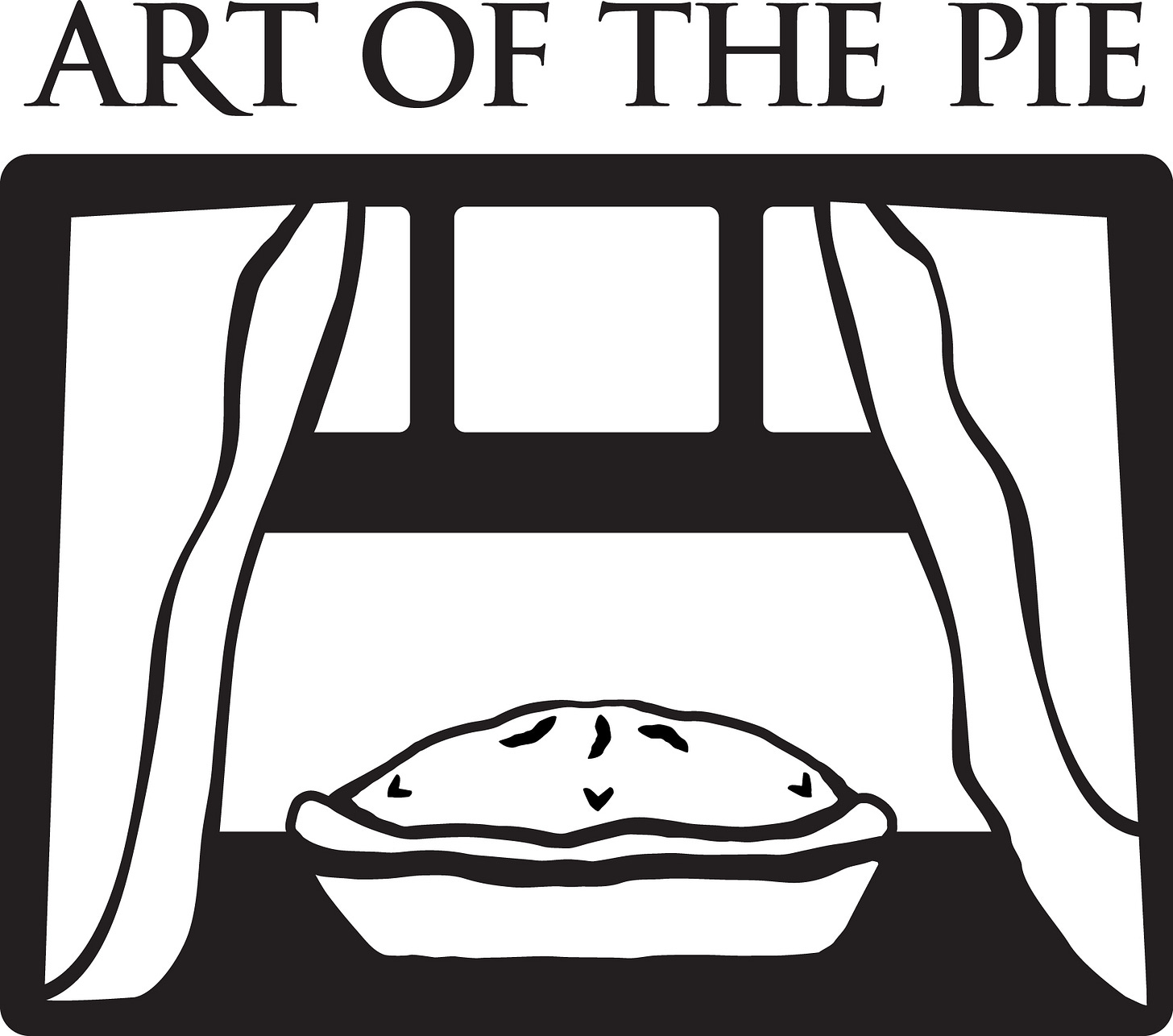
This newsletter will always be AI Free.
Just because I use ”—” when I write, please note that it really is me writing this and never the dreaded AI! This newsletter is an AI free zone.
https://www.nobelprize.org/prizes/medicine/1928/nicolle/biographical/





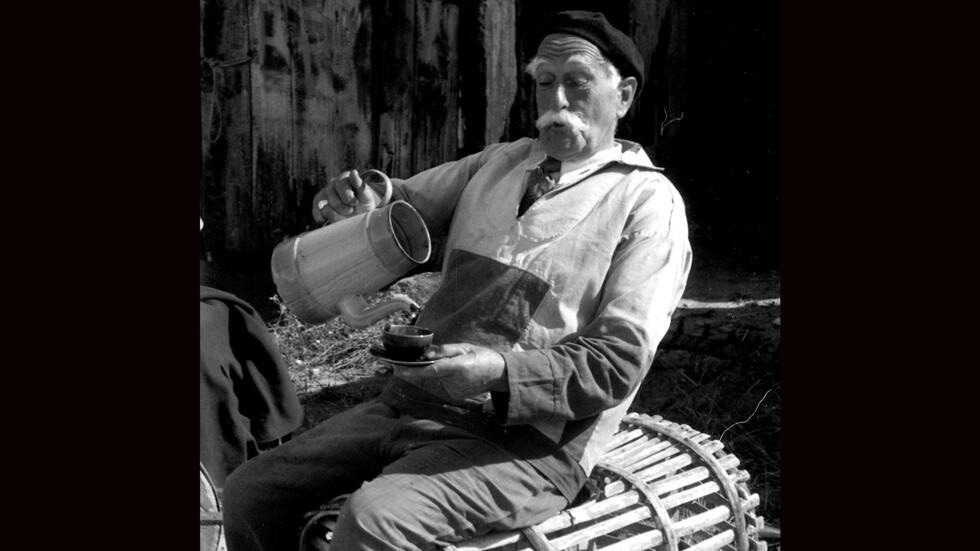


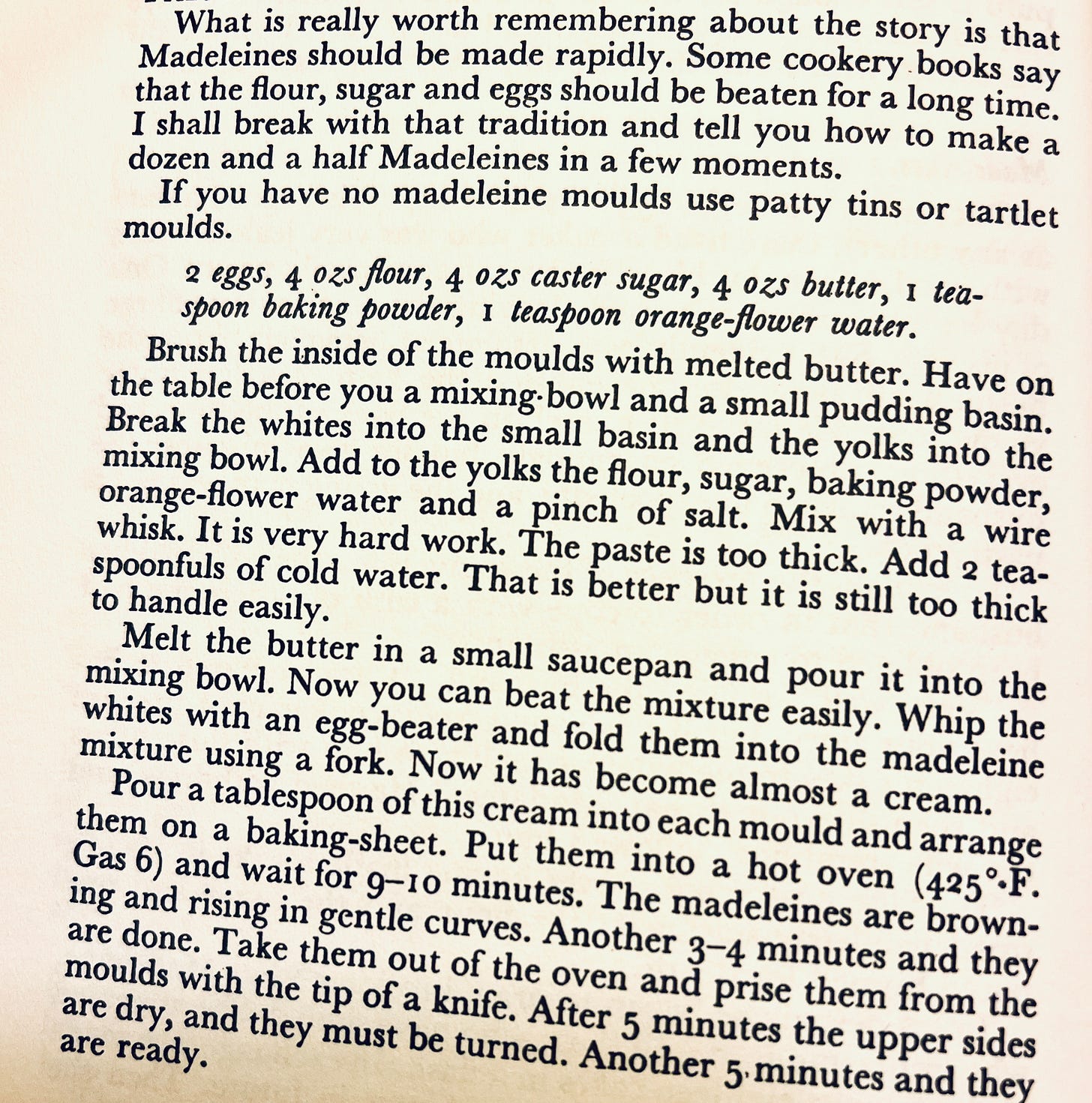
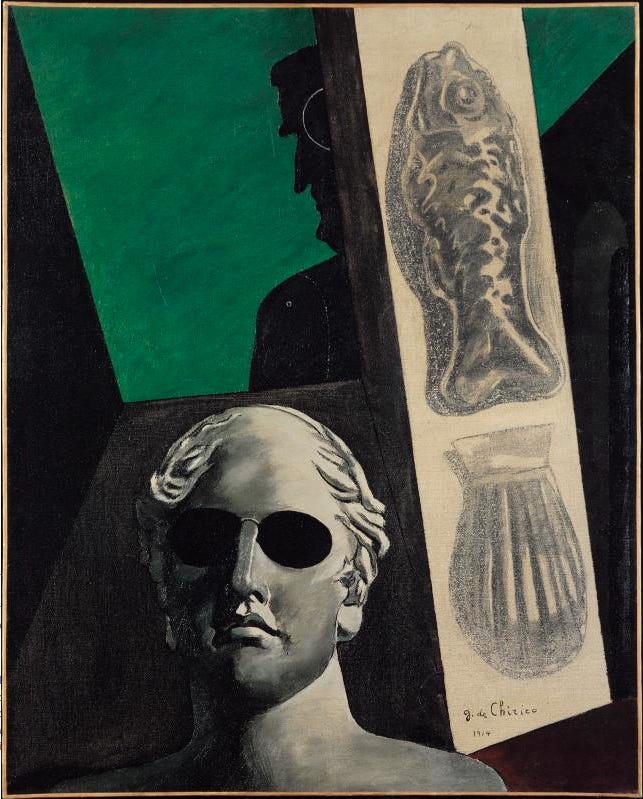




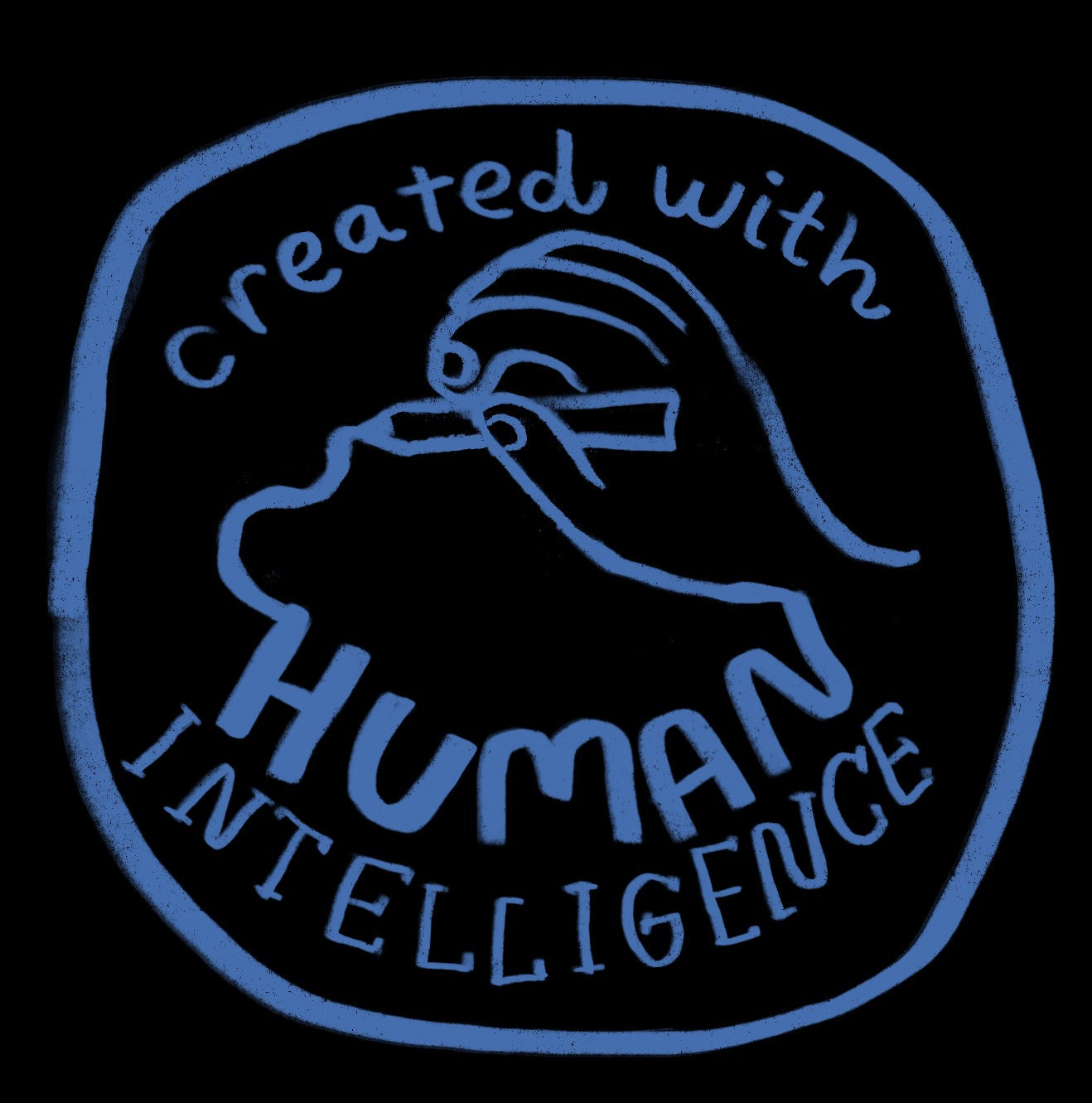
I had a cake mix to use up and poured the dough into Madeleine pans. It worked! I even got the little "hump"! Everyone loved them! LOL!
I do love Madeleines! Thank you for the culinary history lesson too, Kate! ❤️